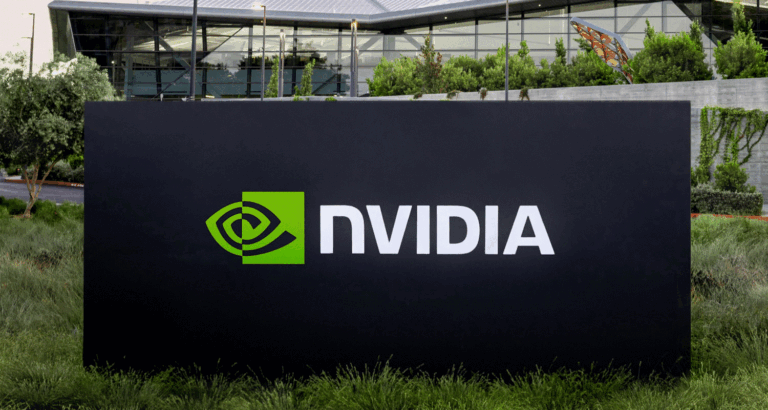Nvidia has introduced Eagle, a bevy of artificial intelligence models that aim to improve how machines understand and interact with visual information. This new development marks a milestone leap in the field of multimodal large language models (MLLMs), which blend text and image processing to achieve more sophisticated AI capabilities.
What Makes Eagle Different?
The core innovation of Eagle lies in its ability to process high-resolution images—up to 1024×1024 pixels—allowing it to capture fine details essential for tasks like optical character recognition (OCR). Unlike traditional models that rely on a single vision encoder, Eagle uses multiple specialized vision encoders, each trained for specific tasks such as object detection, text recognition, and image segmentation. By integrating these diverse visual “experts,” Eagle achieves a more comprehensive understanding of images.
The simplicity of Eagle’s architecture is another highlight. Nvidia researchers found that combining visual tokens from different encoders is as effective as more complex approaches, making Eagle both powerful and efficient.
Why Eagle Matters: Real-World Applications
Eagle’s enhanced OCR capabilities are particularly important for industries like legal, finance, and healthcare, where processing large volumes of documents is common. More accurate and efficient OCR can save time, reduce costs, and minimize errors, ultimately improving compliance and decision-making.
Beyond OCR, Eagle’s advancements in visual question answering and document comprehension open doors to various applications. In e-commerce, improved visual AI could lead to better product search and recommendation systems, enhancing user experience and boosting sales. In education, Eagle-powered tools could help interpret and explain visual content to students, making learning more interactive and accessible.
Open-Source and Ethical AI
Nvidia has made Eagle open-source, releasing both the code and model weights to the AI community. This move reflects a broader trend in AI research towards transparency and collaboration, enabling other developers to build upon Eagle’s technology.
However, with great power comes great responsibility. Nvidia has emphasized the importance of ethical considerations, acknowledging the need to manage issues like bias, privacy, and potential misuse as more advanced AI models enter the real world. The company’s commitment to “Trustworthy AI” underscores the importance of developing AI that benefits society while mitigating risks.
The Future of Visual AI
Eagle’s launch positions Nvidia as a key player in the competitive field of multimodal AI. The model’s strong performance and novel architecture could influence both academic research and commercial development, paving the way for future innovations.
As AI technology continues to evolve, Eagle could find applications far beyond its current use cases. From enhancing accessibility technologies for the visually impaired to improving automated content moderation on social media, the possibilities are vast. In scientific research, Eagle could assist in analyzing complex visual data, such as astronomical images or molecular structures.
In summary, Nvidia’s Eagle represents a significant advancement in AI’s ability to understand and interact with the visual world. Its open-source availability and ethical focus make it a potential catalyst for innovation across the AI ecosystem, heralding a new era of visual AI capabilities.




